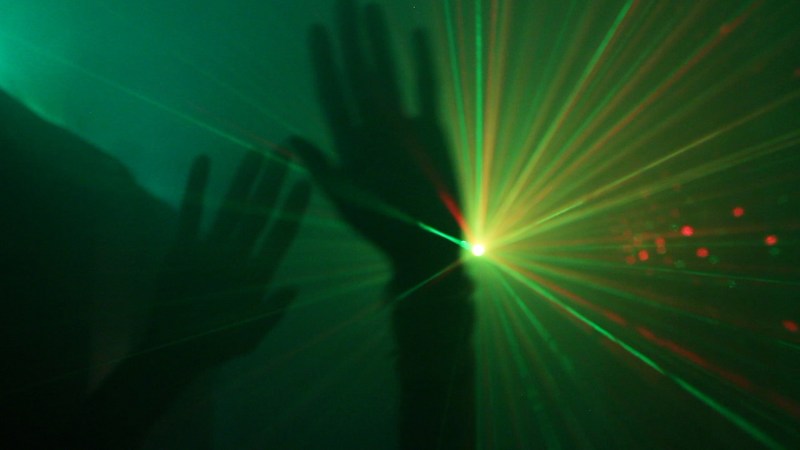At “A Celebration of Mind: Mathematics, Art and Magic” on October 20, artist Alexa Meade, mathematician Henry Segerman and magician Mark Mitton came together to discuss the magic behind unrestrained fun and play.
Meade has a “Funhouse House” full of rainbow stairs, mirrored walls, hanging neon spandex and doors hidden behind cabinets. Meade takes silliness seriously — in her bathroom, you can find a sales tax license that permits her to buy and sell items from a medicine cabinet. A giggle could have provided the impetus for this gag, but selling goods from a medicine cabinet certainly can present new dynamics in a bathroom. Can a bathroom be an empowering space of exchange? Can it feel like a different space just by giving it another, possibly more public, purpose? These were questions I certainly hadn’t considered until Meade showed us images of her bathroom.
Although unrelated to her infamous paintings of living people and objects, Meade likes experimenting with mathematical concepts and has found inspiration in tessellations. She makes tessellated puzzles, rugs and bath toys of all shapes and sizes. In the bath, with the swaying and swooshing of water, she noticed how shapes would spontaneously leave and find each other. This led her to tessellated breakfast cereal — “You maybe be asking, ‘Do you have a life? Why would you be making tessellating breakfast cereal?’” The silliness of tessellated cereal was humorous, but what simultaneously struck the audience was how much excitement and spontaneous discovery Meade was bringing to ordinary engagement. What 10-year-old wouldn’t want to see multicolored tessellating cereal in the morning before math class?
Mathematician and artist Henry Segerman also sees the world from different angles, using computers, graphics, 3D printing and light to journey between the conceptual realm of mathematics and the tangibility of visualizations. Segerman has made fair die out of twisted cubes, 3D printed knots that can roll, expanding mechanisms that demonstrate the crystal structure of diamonds and 3D printed spheres whose shadows reveal unexpected images under a light. When Segerman casted a light on a 3D sphere to reveal images in the shadow, he demonstrated stereographic projection. Without equations, we were able to understand the concept. A boy in the audience gasped, “Amazing, wow!” and the rest of us were equally amazed. While some may see renderings of the mathematical concept on computers, Segerman asserts that the surprise is not as striking, perhaps because we associate computers with a sort of “magic” or ability to “cheat.” In contrast, because we think we know pieces of plastic, the contradiction pushes us to really want to understand what is happening. To Segerman, 3D printing holds a magic like no other — an opportunity for visceral experience, pushing us beyond what we just think we should see or perceive.
By the time magician Mark Mitton came to present, it was clear to me that these individuals are “silly” because they play with numbers, play with tessellations and play with what we think we know. Mitton talked about the “surprises of misdirection.” He explores what seems to lack direction to discover the many possible directions that it in fact holds. Magic is created exactly from this idea of “misdirecting” the attention of others to eliminate apparent ambiguity. Yet, if we are actively exploring an alternate path beyond what we know, we can use magic to challenge the ordinary.
Contact Chloe Barreau at chloeb99 ‘at’ stanford.edu.
